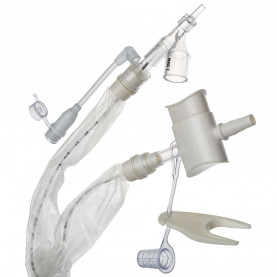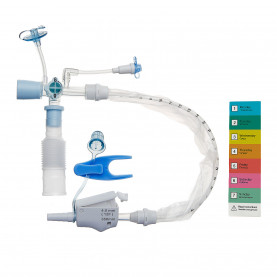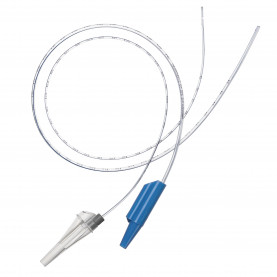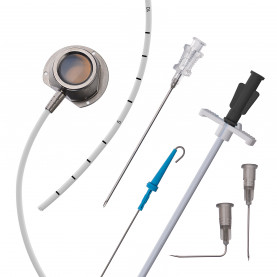Electronic Pill Popping to Detect GI Bleeds: Interview With EnteraSense
Getting a clear view of your GI tract typically involves the uncomfortable process of having a long endoscope snaked down the esophagus. Thankfully, capsule endoscopy technology is replacing many procedures that have required an endoscope. These swallow-able devices are able to withstand the harsh, acidic environment of the gut, and can provide high-resolution images, as well as temperature, pH, and pressure data.
EnteraSense, an early-stage startup based in Galway, Ireland, has developed a device that utilizes the “Pill Cam” form factor to detect upper GI bleeds. The technology is elegant, but challenging, requiring the creation of an innovative optical sensor and sophisticated algorithms to process the data received. During our visit to the Med in Ireland conference in Dublin, we had the opportunity to chat with EnteraSense’s CEO, Donal Devery and COO Daragh Sharkey, to hear about the company’s journey so far and the challenges ahead to bringing their innovative device to market.
Scott Jung, Medgadget: How did the idea for EnteraSense come about?
Donal Devery: The company was formed in 2015 between myself and my friend Dr. Chris Thompson, a Harvard physician who helped developed the original technology. One day at a restaurant, we were talking about unmet clinical needs and came up with the idea. Right now, to identify a potential upper GI bleed, a patient has to undergo an endoscopy, and Thompson felt that a better, less-invasive way was needed. So, we developed the early stage technology at Harvard, brought it over to an R&D facility here in Ireland, and with the support of Enterprise in Ireland, started a development pathway.
Medgadget: In what ways does EnteraSense help patients with upper GI bleeds?
Donal Devery: Our device can benefit two patient groups. First, for patients who present to the OR with a potential bleed, they have to have an endoscopy to confirm the presence of bleeding and determine whether treatment is needed. The second group of patients are those who have had treatment for an ulcer or tear, but need to be monitored. Right now, you regularly check their hematocrit levels and blood pressure for possible re-bleeding. Our device monitors these patients and detects potential re-bleeding and is also our first target market.
For patients, our device could reduce unnecessary procedures and of course provide a far more comfortable monitoring method. Clinicians get real-time data to know if the patient is okay or not. And for the hospital, it’s savings — saving them from doing unnecessary procedures and freeing up space for other critical procedures, as well as financial savings.
Medgadget: How does the technology work?
Daragh Sharkey: First off, our form factor is an ingestible capsule endoscopy product. Capsule endoscopy is is rapidly becoming standard of care with various vision systems, temperature sensors, and other sensors being capsulized. We’re basically leveraging that advancement in the market. Second, our technology itself is for detecting blood in the stomach through an optical sensor system. It’s a series of optics with a sophisticated software algorithm behind it that does a lot of comparisons to differentiate between blood and food/liquid. It also takes into account the environment inside the stomach. The data from the device is wirelessly transmitted to a receiver that the physician can view.
Medgadget: You’re one of Enterprise in Ireland’s pre-commercialization stage startups exhibiting at this year’s Med in Ireland conference. What are your plans on getting to market?
Donal Devery: This year, we focused on our technology. We also started the FDA 510(k) clearance process which we hope to file by the end of the year. We have 7 hospitals in the United States and 3 in Europe lined up for next year to help prove our value proposition, that we help patients, that we make the clinicians’ lives easier, that we have better data, and that we save money. So next year is all about getting clinical data to support our commercialization. We’re thankful that we have a great team with a wide variety of skills and experience to support this.
Medgadget: What factors contributed to the decision to be an Irish company that will initially begin to commercialize only in the U.S.?
Daragh Sharkey: The requirements in the EU are somewhat in a constant state of change at the moment. In addition to the current MDD requirements, this device will likely have to comply with the upcoming MDR requirements, which still has a lot of unknowns. As we focus on the US, we’ll work in parallel with European notified bodies to file in the EU. The regulatory strategies in Europe are interesting in that ten years ago, most companies would file in Europe first, then the U.S. second.


























